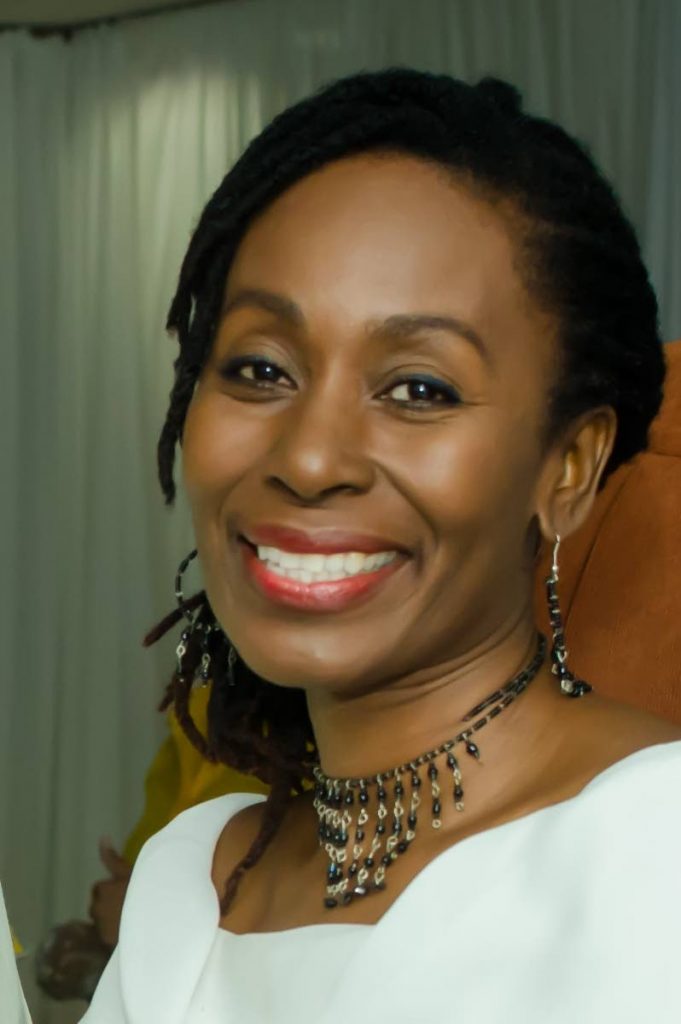Sex, video and fame-seeking students

Culture Matters
DARA E HEALY
“We have to break the cycle of...unprepared youth making adult decisions and taking actions that can have long-term consequences, not just on their lives but on others.”
– Ava Rampersad, executive director, Family Planning Association of TT
IN THE 1990s, Anna Nicole Smith became possibly the first person to be famous because she was famous. Modelling herself after 1950s sex symbol Marilyn Monroe, Ms Smith married an 89-year-old billionaire when she was 26. Her story is familiar – poorly-rated reality television series, unmemorable films, drug addiction and finally death by a prescription-drug overdose.
Also familiar, her volatile relationship with the media. She plummeted from being America’s blonde-bombshell sweetheart to a gold-digger with no talent. As one journalist wrote, “The media outlets that had celebrated her seemingly serendipitous rise to fame now took just as much delight in dismantling it.”
What does this have to do with us? Well, everything. Some of us are confused by the outrage over a recently released video of lap dancing in a school. Why? Because as far back as the 1980s, attempts have been made to treat with intensifying dysfunction in schools.
At that time, attention focused on issues such as poverty, parenting, abandonment of classes by teachers, violence, child neglect and sexual abuse of children, including incest. The questions of an inappropriate curriculum and inadequate training of teachers were also highlighted. By 2000, reports on the situation in our schools indicated an intensification in violence among students, the influence of gangs, assaults on teachers by students and the verbal abuse and assault of students by teachers.
By the time it was decided that artists should be part of addressing the negative culture in our schools, it seemed to us that destructive behaviour in our education system had been perfected. Sex among students was only part of the story.
Fast-forward to the present day. Media reports indicate that the young woman in this latest video wanted to be filmed so she could be famous. In 2021, likes, followers and the phenomenon of online influencing have added another layer to celebrity status. Some may ask: is our society to blame for what happened in that classroom? Or is something else happening?
Last month, a whistle-blower testified that Facebook’s “sites and apps harm children's mental health and stoke division in society.” Facebook alone has 2.7 billion active users, with hundreds of millions of people on WhatsApp and Instagram. Is it even possible to limit the influence of large technological companies on the content that our young people are exposed to?
In the 1990s, Caricom, in collaboration with UWI and the UN, conceptualised a health and family life education (HFLE) curriculum to address school dysfunction across the Caribbean. The UN pointed out that teachers “...should be equipped to fill the gap when children are unable to speak to parents about sex and sexuality. They should be skilled in the early intervention for child sexual abuse and incest, since they are often the ones to whom child victims of sexual violence turn.”
Yet more than 20 years later, civil society organisations are still asking for education about sex and sexuality to be included in school curricula.
In 2018, the UWI Institute for Gender Development Studies called for children as young as nursery-school age to be taught about sex abuse. Today, we are revisiting the same debate as FPATT calls for the inclusion of a “comprehensive” HFLE programme for students.
Sex is potent because the act goes beyond physicality. Its consequences are emotional and sometimes even political. The point is, sex is never simple. Beyond the complications of power and gender relations is the presence of a pandemic that has led to the worsening of family violence.
We should also accept that children mirror our behaviour. Sex parties, a global reputation for obsession with pornography and gang activity that has penetrated school walls – all of these were part of the journey towards that lap dance in Palo Seco.
A comprehensive HFLE curriculum is needed, but we must recognise that artists are vital to its successful implementation. We know that the young people trust us, perhaps because we are perceived as being outside the system that fosters chaos. However, in spite of their success, our programmes were suspended. So, since few teachers can do what we can, we should all prepare for the reality that a new era of sex, video and fame-seeking students may have only just begun.
Dara E Healy is a performance artist and founder of the Indigenous Creative Arts Network – ICAN


Comments
"Sex, video and fame-seeking students"